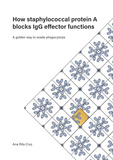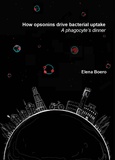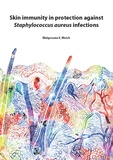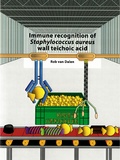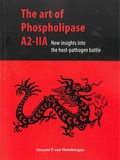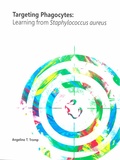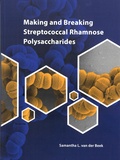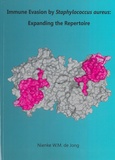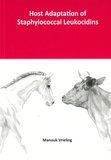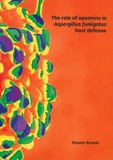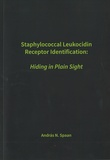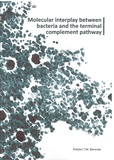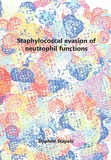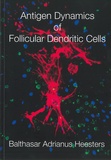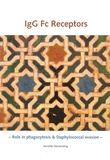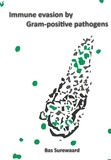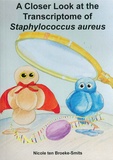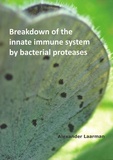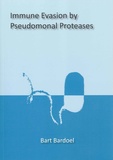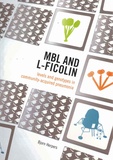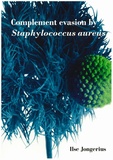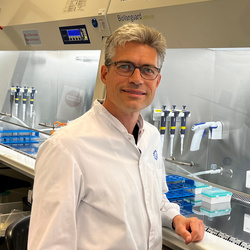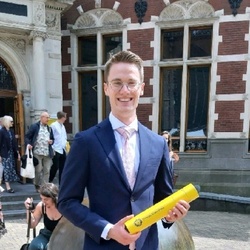Strijp
Immune evasion
Jos van Strijp’s research group shows that every pathogenic bacterium scrutinized so far to possess a wide array of small, evolutionary conserved proteins which serve to evade the innate immune system. Many of these proteins are directed against some part of the complement system. The sole identification of novel proteins is the easy part. Figuring out the exact molecular mechanism of action is the most labor-intensive part of the process but also the most exciting.
In the beginning of this millennium we characterized an inhibitory activity in the supernate of growing staphylococci. This was identified as a protein that blocks the activation of neutrophils via the formyl peptide receptor (FPR) and C5aR. We dubbed it chemotaxis inhibitory protein of staphylococcus aureus or CHIPS. Next in line awaiting discovery was the Staphylococcal Complement INhibitor or SCIN. SCIN binds to both C3-convertases, and jams the complement system.
In the wake of CHIPS and SCIN we went on to describe dozens of other immune evasive molecules. Recently a whole array of staphylococcal toxins was added to this list. By identifying the receptors for the staphylococcal leukotoxins and hemolysins, we showed that also these toxins are directed against immune cells, thereby acting primarily as evasion molecules.
All these immune evasive molecules will have an interesting career ahead. In the first place the molecules explain why pathogenic bacteria are able to survive and replicate in the human body. Next, they lead researchers directly to key immunological functions. Also they are leads for anti-inflammatory therapy in our Drugs form Bugs program, using structured peptides as mimics. Finally they represent essential virulence factors and therefore prime targets for vaccine strategies and antibody therapy.
A very special characteristic of these evasion molecules is their human-specificity. The biggest challenge for the near future is to understand this specificity in the context of host restriction and evaluate their therapeutic potential in ex-vivo human “tissue” models and humanized-animal.

